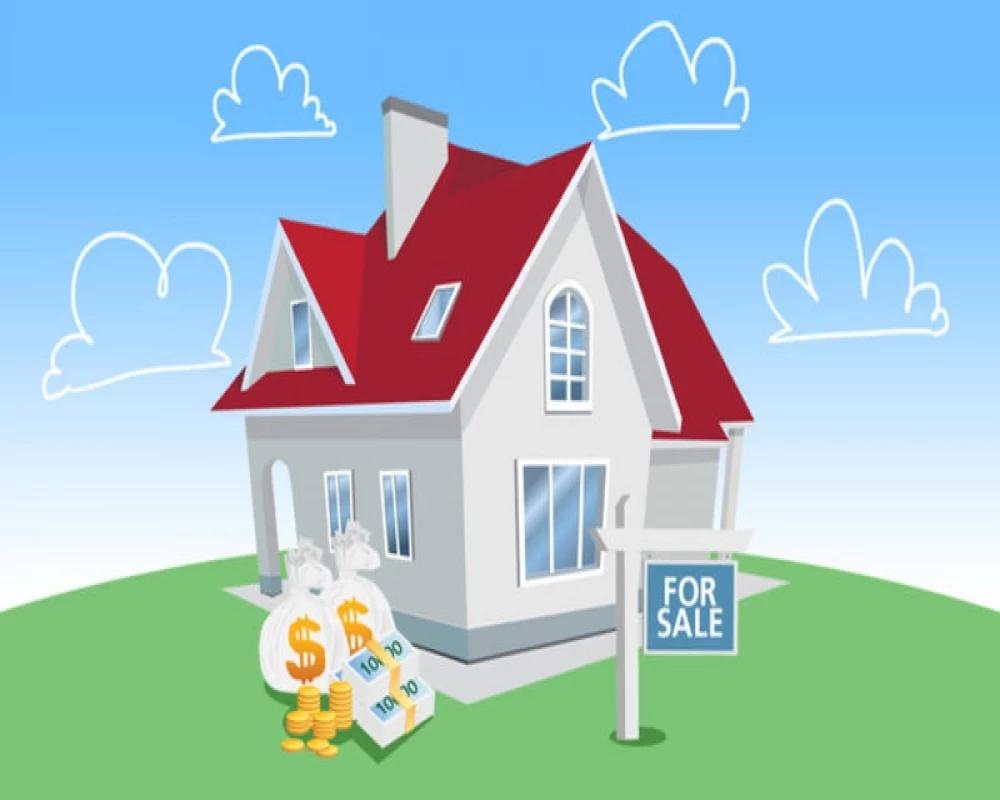Top 5 Considerations for New Investors Seeking To Buy Overseas Property

Over the years, real estate has been pushed as a better investment to stock. With so many differences as wide as the fact that real estate is a solid, physical good while stock isn't, it's hard to see the similarities between both types of investments. An investment in real estate is similar to stocks, in the sense that, there are both negatives and positives, there is an amount of risk involved and there are no guarantees. However, comparing real estate and stocks over many decades, real estate has performed better in generating consistent wealth and long term appreciation for millions of people. But as mentioned earlier, there are no guarantees. Here are five important factors new investors should consider when buying a home abroad.
Factors To Consider When Buying A Home Abroad
1. Availability of good real estate agents. Hiring a good real estate agent is the single most important thing you'll do as a foreign property buyer. Hence you need to verify that these agents can deliver excellent service. This service will usually include post-purchase assistance. Your real estate agent should be able to help with service connections, home improvements and other requirements after the sale. A good real estate agent will also provide practical help and support. So ask questions and verify what your agent can help you with to ensure smooth purchase process.
2. Insurance. Few things done right will save you the hassles when buying property abroad. One of those things is getting coverage. This is particularly true of vacation home owners who might have to leave the property in someone else's care and investors dealing with tenants. Building insurance is a must for foreign property owners in some countries e.g. South Africa. But don't stop there! Get insurance for the contents of your home. While seeking insurance cover, check around. If you can find an insurance company with base in your home country, then go for it. If not, then settle for local insurers.
3. Property improvement. It's a given that you might not like some of the props and arrangement of your new overseas property. So, many new investors go along with renovation ideas and plans. However, home improvements can eat up your savings. Hence, before buying any overseas property, get a reputable appraiser. Don't expect to meet the property in tip-top shape. But if you'll be spending too much on repairs and renovations, then it's a bad deal.
4. Security. How secure is your new property? If there have been record of burglaries in the house, then having a big padlock might not cut it, you might need to move on. You need to determine how secure the area is. Your real estate agent might not disclose this information, so personal research is necessary.
5. Climate. You don't want to buy in an area prone to floods. Regions of extreme hotness or coldness are also out of the question. Look beyond how cheap the property is and get a house in an area you'd be able to 'survive' in.
These are just some basic factors you already know you should consider. But it's easy to take them for granted.




